
Having the right sound in your car is one of the simplest ways to enhance your driving experience. Whether you’re on a long road trip or commuting to work, the music should sound just right. Car stereos today come equipped with a range of features that allow you to fine-tune every aspect of the audio experience, from bass and treble to sound balance and EQ settings. However, many drivers don't know how to properly tune their car stereo to get the best possible sound.
In this comprehensive guide, we'll walk you through everything you need to know about tuning a car stereo, from understanding the different settings to step-by-step instructions on adjusting your sound for optimal listening. Whether you’re using a basic stereo or a high-end, fully loaded system, we’ve got you covered.
Table of Contents
- Why Tuning Your Car Stereo Matters
- Key Components of a Car Stereo System
- Before You Begin: Preparing Your Car Stereo
- Step-by-Step Guide: How to Tune Your Car Stereo
- How to Tune Your Car Stereo for Different Music Genres
- Advanced Tips and Tricks for Experienced Users
- Common Mistakes to Avoid When Tuning a Car Stereo
- Troubleshooting Common Sound Issues
- Maintaining Your Car Stereo’s Sound Quality
- FAQs
- Conclusion
1. Why Tuning Your Car Stereo Matters
Car stereos, while designed to provide great sound out of the box, may not always be tuned perfectly for your specific vehicle. Each car’s interior is unique, and external factors like road noise, seat material, and speaker placement all impact how sound behaves inside the cabin. Tuning your car stereo properly can make a significant difference, from enhancing clarity to ensuring bass is punchy without distorting.
Tuning your stereo also helps:
- Achieve a balanced sound: Ensuring that no single frequency overwhelms the rest.
- Optimize speaker performance: Making the most of your car's audio system.
- Minimize distortion: Preventing your car’s audio system from sounding muddy or unclear.
- Enhance listening pleasure: Tailoring the sound for your specific preferences.
2. Key Components of a Car Stereo System
Before diving into the tuning process, it’s essential to understand the main components of your car stereo system. Knowing how each element contributes to the overall sound will make it easier to adjust your settings.
2.1 Head Unit
The head unit is the heart of your car stereo system. It’s the control center for everything, from radio frequencies to media inputs and output to speakers. The head unit allows you to adjust the volume, EQ settings, and other features such as sound modes (e.g., "Rock", "Jazz", "Classical").
2.2 Speakers
Speakers are where the sound is produced, and their placement in your car will affect the quality of the audio. In a car, the most common types of speakers are coaxial and component speakers. Each has its strengths and weaknesses, and the type of speakers you have will affect the sound you’re tuning.
- Coaxial Speakers: These are basic, all-in-one units where the woofer and tweeter are combined. They offer decent sound but may not deliver as much depth and clarity.
- Component Speakers: These speakers separate the woofer, tweeter, and midrange driver, offering better sound quality and more flexibility in tuning.
2.3 Amplifiers
Amplifiers boost the audio signal, providing more power to your speakers. A good amplifier can improve sound clarity and volume. If you're using an external amplifier, you may need to adjust its gain and crossover settings in addition to the head unit.
2.4 Equalizer (EQ) Settings
The EQ allows you to adjust various frequency ranges of your sound. Standard EQs have bands for bass, midrange, and treble frequencies, while more advanced models provide finer control over even more frequency bands. Fine-tuning these can drastically improve your car’s audio experience.
2.5 Subwoofers
Subwoofers are designed to handle low-frequency sounds (bass). Proper tuning ensures that the subwoofer provides a powerful bass response without overwhelming the rest of the audio.

3. Before You Begin: Preparing Your Car Stereo
Before you start tuning, you’ll need to make sure your stereo is in top condition. Here’s what to do:
3.1 Check the Current Settings
If you’re working with an existing stereo, check the current settings first. You may want to reset everything to the factory settings before starting the tuning process, so you have a clean slate.
3.2 Ensure Proper Installation
Make sure your car stereo and speakers are correctly installed. Poor installation can lead to sound distortion, poor balance, and even damage to your system over time.
3.3 Ensure the Stereo Is Clean
Ensure your stereo components, especially the speakers, are free from dust, dirt, and debris. A clean system performs better and lasts longer.
4. Step-by-Step Guide: How to Tune Your Car Stereo
Let’s dive into the actual process of tuning your car stereo, starting with the basics and progressing to more advanced settings.
4.1 Adjusting the Volume and Balance
Start by adjusting the overall volume of the stereo. Make sure the volume isn’t too high, as you want to avoid distortion during the tuning process. Set it to a moderate level that represents normal listening volume.
Next, adjust the balance to ensure an even distribution of sound between the left and right speakers.
4.2 Setting the Bass and Treble
-
Bass: The bass setting controls the low-frequency sounds. Boosting it will make the music sound fuller and provide a "thumping" sound. However, too much bass can cause distortion. Start with a moderate setting and adjust based on the type of music you're listening to.
-
Treble: The treble controls the higher frequencies, affecting the clarity of vocals and other high-pitched sounds. If you find the music too "muddy" or unclear, you may want to increase the treble slightly.
4.3 Using the Equalizer for Custom Tuning
The EQ is where you can really fine-tune your sound. The EQ typically has five or more frequency bands that allow you to adjust the bass, midrange, and treble independently. Here’s how to approach it:
- Set Midrange: Start by adjusting the midrange, as this will affect the overall sound balance.
- Adjust Low and High Frequencies: Increase or decrease the low and high frequencies to add or reduce bass and treble. Adjust gradually, checking how the sound changes.
For reference, here’s a simple EQ setting for general tuning:
- Bass: +3
- Midrange: 0
- Treble: +2
However, this may vary depending on your personal taste and the type of music you enjoy.

4.4 Adjusting the Fader and Balance for Proper Soundstage
The fader adjusts the sound distribution between the front and rear speakers. It’s important to balance the sound so it feels like it’s coming from all directions, not just the front or the back. Adjust this setting based on the seat you usually sit in.
The balance is for adjusting the left-to-right speaker sound. Ensure both sides of the car sound equally strong, without favoring one side too much.
4.5 Fine-Tuning the Subwoofer Settings
Subwoofers are sensitive to their surroundings, so fine-tuning them is critical. Start by adjusting the low-pass filter to ensure the subwoofer only plays the bass frequencies. Then, tweak the gain to get the right amount of bass. Avoid setting it too high, as it could overpower the other frequencies.
4.6 Using Sound Modes (If Available)
Many stereos come with built-in sound modes like "Rock," "Pop," "Jazz," or "Classical." These modes adjust the EQ automatically for specific genres of music. While these presets are useful, don’t be afraid to make adjustments on your own to get a sound that suits your preferences.
5. How to Tune Your Car Stereo for Different Music Genres
Different genres of music have different sound characteristics, and tuning your stereo for each can improve your listening experience. Here’s how you can adjust your settings for a few common genres:
- Rock/Alternative: Increase the midrange and treble for clarity in vocals and instruments.
- Hip Hop/Rap: Boost the bass for deeper, punchier low-end sounds, but reduce treble if it gets too harsh.
- Classical: Use a balanced EQ with slight treble and midrange boosts to enhance the instruments without overpowering them with bass.
- Electronic/Dance: Focus on boosting bass and treble to highlight the electronic beats and effects.

6. Advanced Tips and Tricks for Experienced Users
Once you’ve mastered basic tuning, here are some advanced tips:
- Use a Sound Meter: Invest in a sound meter to measure the sound levels in your car, ensuring your stereo is balanced.
- Upgrade Your Speakers: Higher-quality speakers provide better clarity and bass response, allowing for finer tuning adjustments.
- Sound Deadening: Install sound-deadening materials in your car to reduce road noise and improve the acoustics.
7. Common Mistakes to Avoid When Tuning a Car Stereo
Here are some common mistakes that may hinder your tuning process:
- Over-Boosting Bass: Too much bass can cause distortion, so avoid over-boosting.
- Not Resetting to Factory Settings: Always start from a neutral setting before adjusting.
- Ignoring Speaker Placement: Poor speaker placement can drastically affect sound quality.

8. Troubleshooting Common Sound Issues
If you’re encountering sound issues, try these solutions:
- Muffled Sound: Check if the speakers are blown or if there are any loose connections.
- Distortion: Lower the volume or adjust the bass levels to prevent distortion.
- One Speaker Not Working: Check the wiring connections to ensure everything is plugged in properly.
9. Maintaining Your Car Stereo’s Sound Quality
Regular maintenance is essential to keep your stereo system performing at its best:
- Clean your stereo: Dust and dirt can impact performance, so clean your stereo and speakers regularly.
- Check connections: Make sure the wiring and connections remain secure to avoid sound issues.
10. FAQs
10.1 Why is my car stereo sound muffled?
Muffled sound could be due to improper EQ settings, poor speaker placement, or damaged speakers. Check your connections and settings.
10.2 How do I balance bass and treble?
Start with moderate settings and adjust based on your preferences and music type. Always avoid extreme settings.
10.3 What’s the best bass setting for my car stereo?
A good starting point is setting the bass to +2 or +3, and then adjusting according to the music you’re listening to.
10.4 Should I upgrade my speakers before tuning?
If your speakers are outdated or low-quality, upgrading them can significantly improve your sound quality before you begin tuning.
10.5 How can I get better sound quality without spending too much?
Start by tuning your stereo properly, investing in sound-deadening materials, and ensuring your speakers are in optimal condition.
11. Conclusion
Tuning your car stereo is an essential process that can completely transform your audio experience. By understanding your stereo’s components and carefully adjusting the settings, you can achieve clear, balanced sound that enhances your time on the road. Whether you're a casual listener or an audiophile, this guide provides you with everything you need to know about tuning your car stereo for the best sound possible.
Want to know more?
Contact us via email, we will provide you with advice and answer your questions within 24 hours. XAutostereo is happy to serve you.




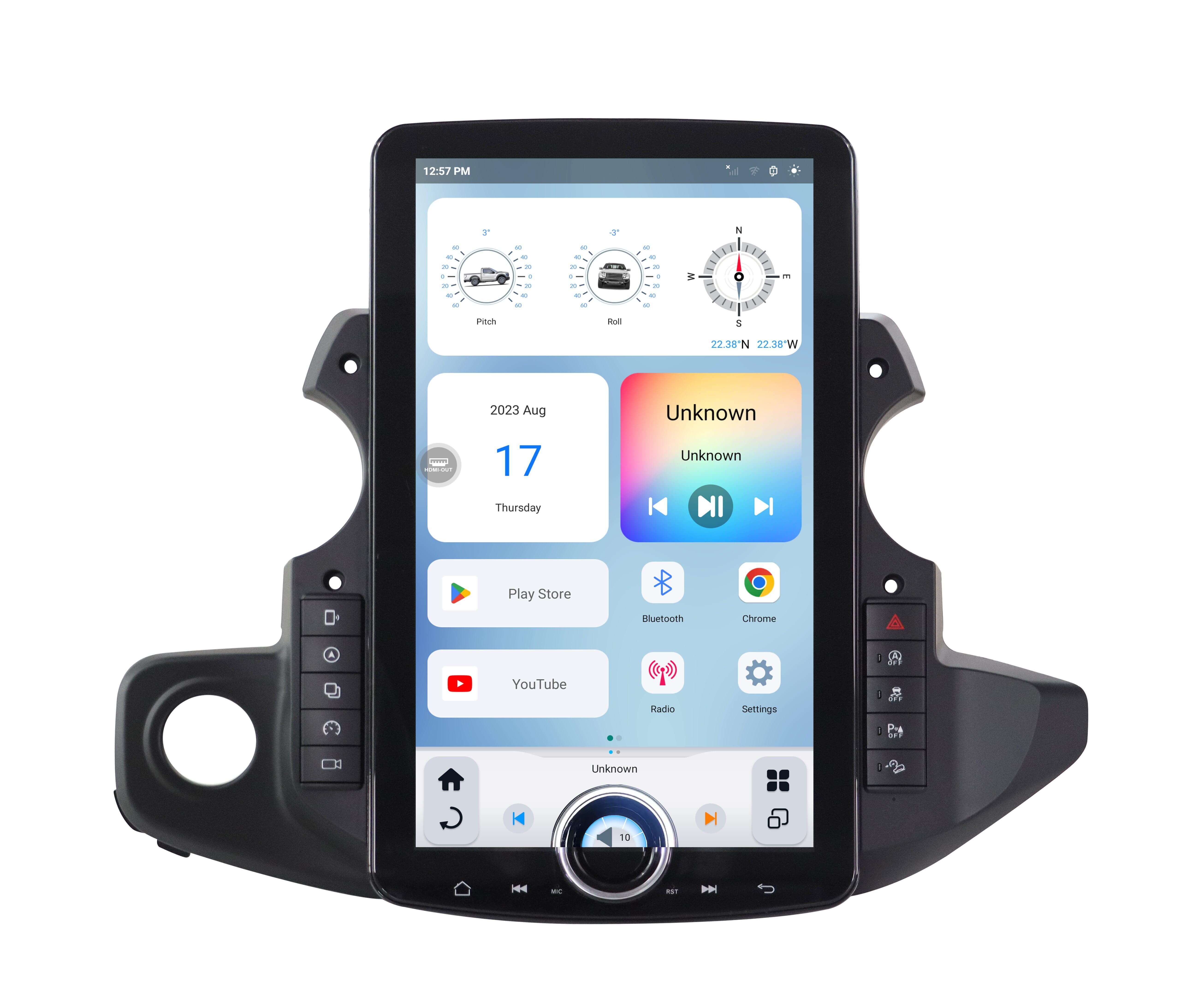
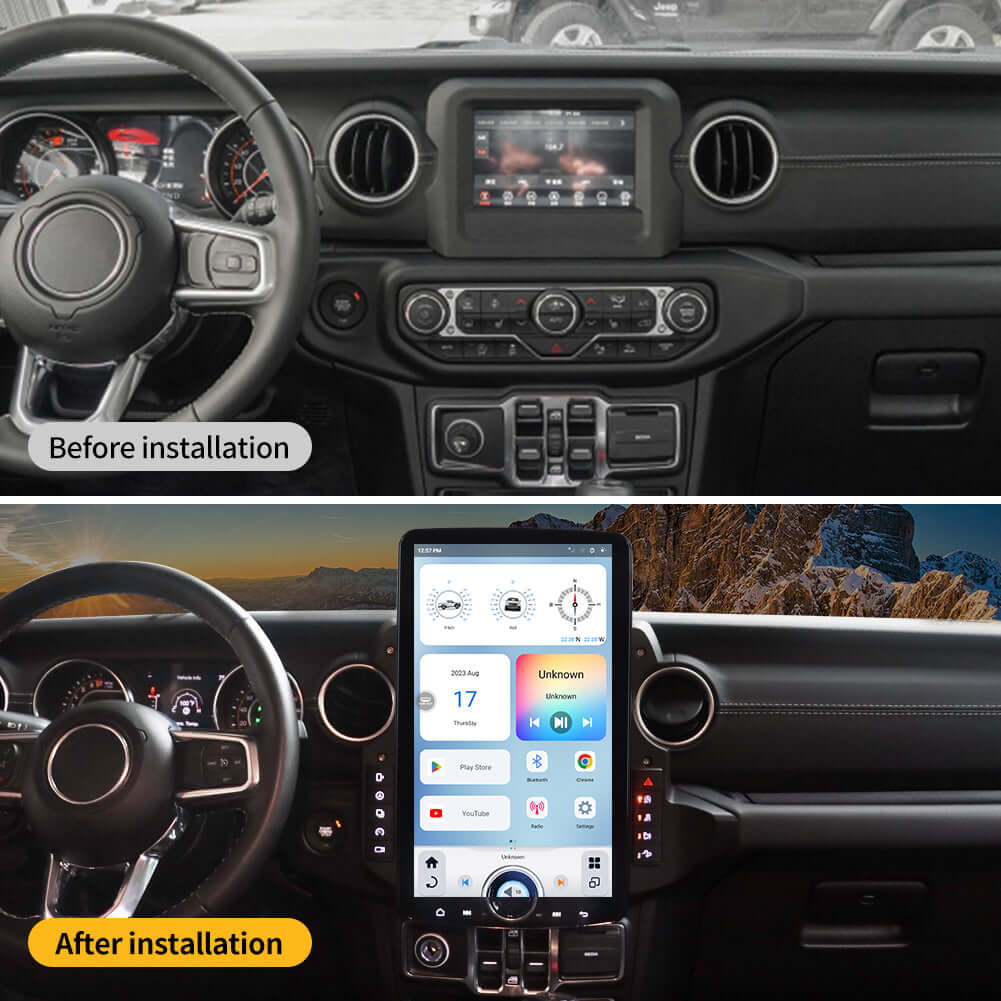



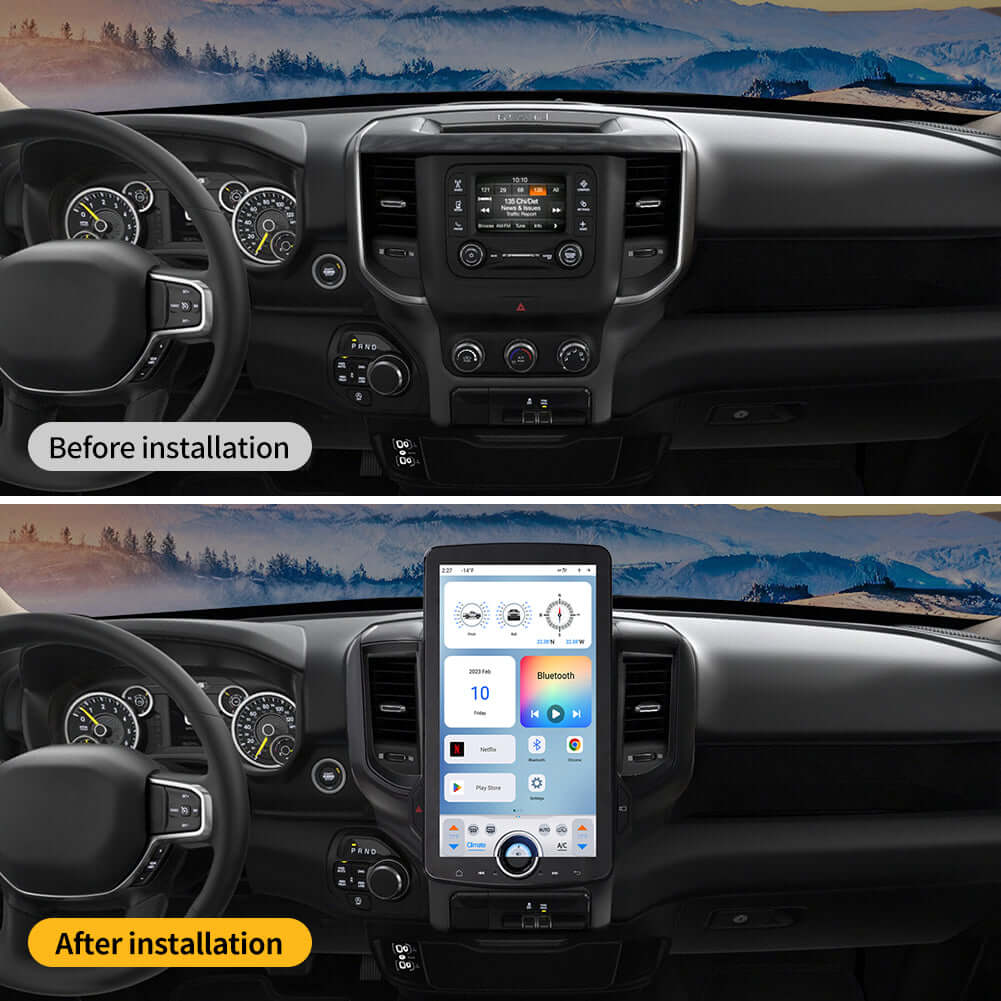
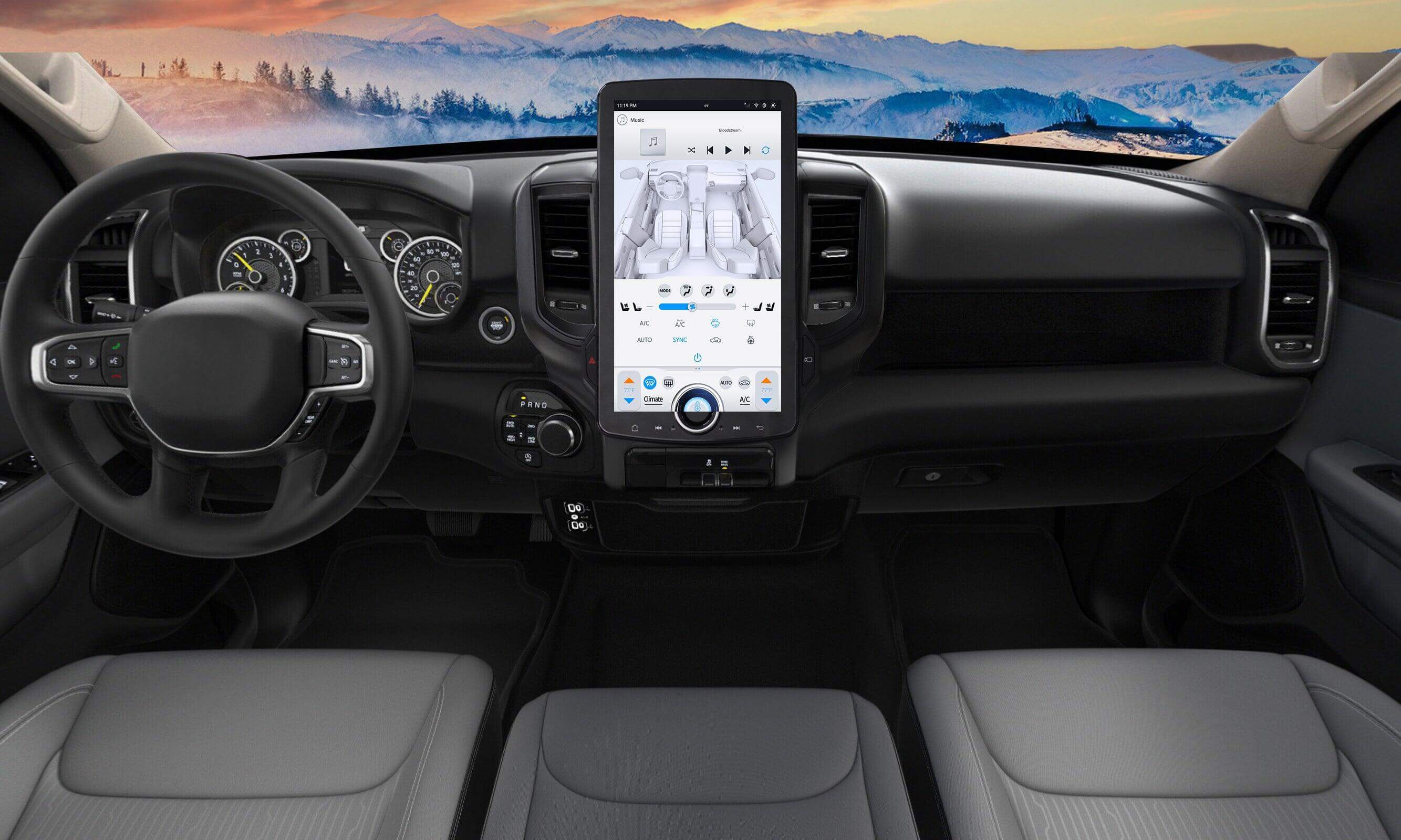

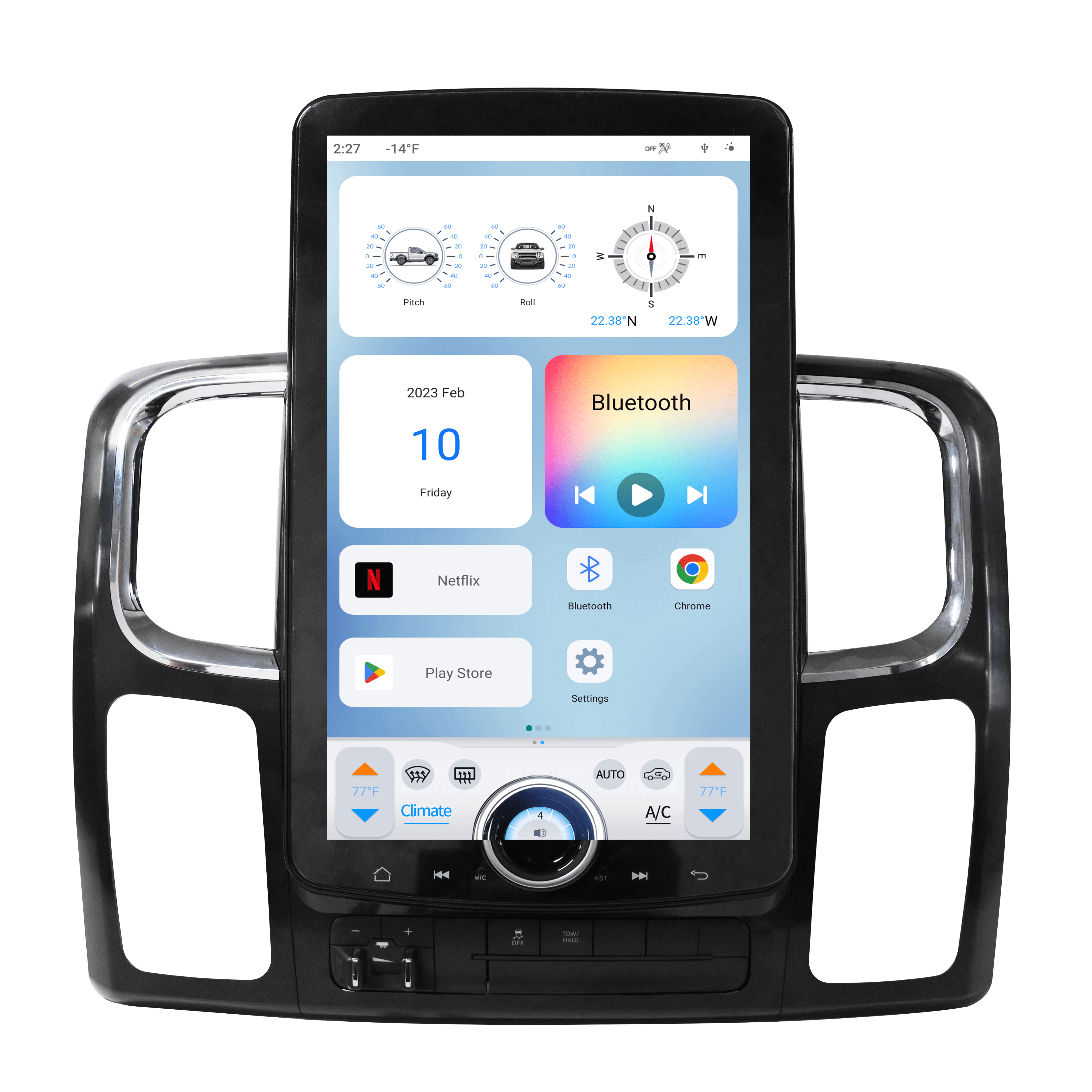
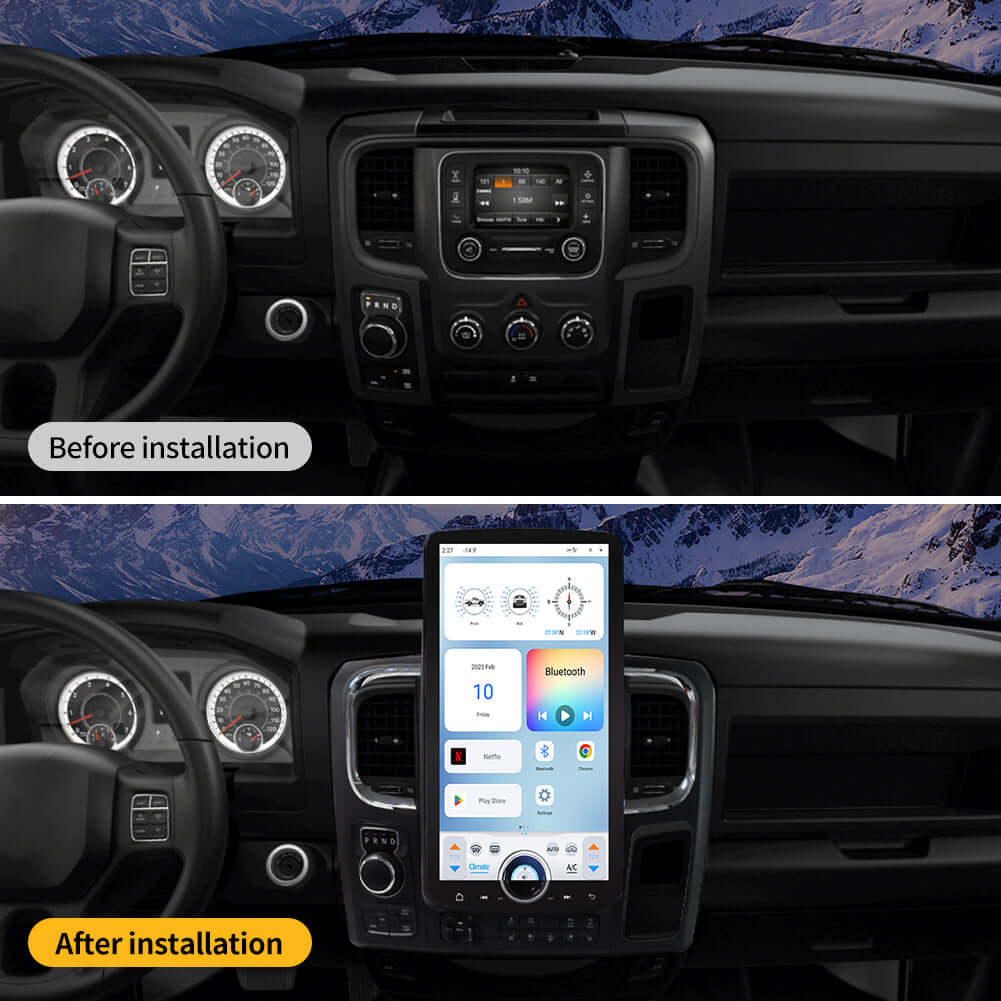


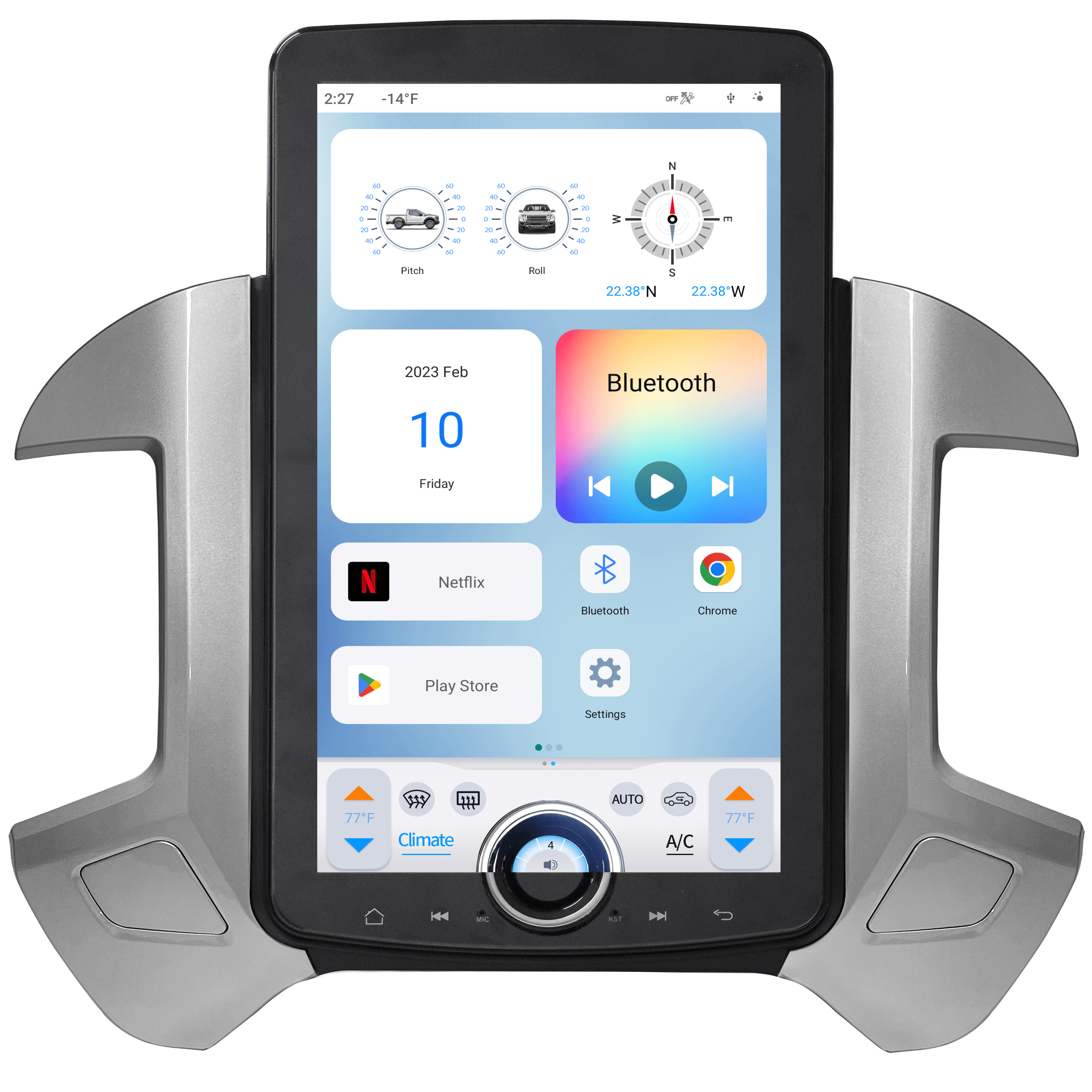
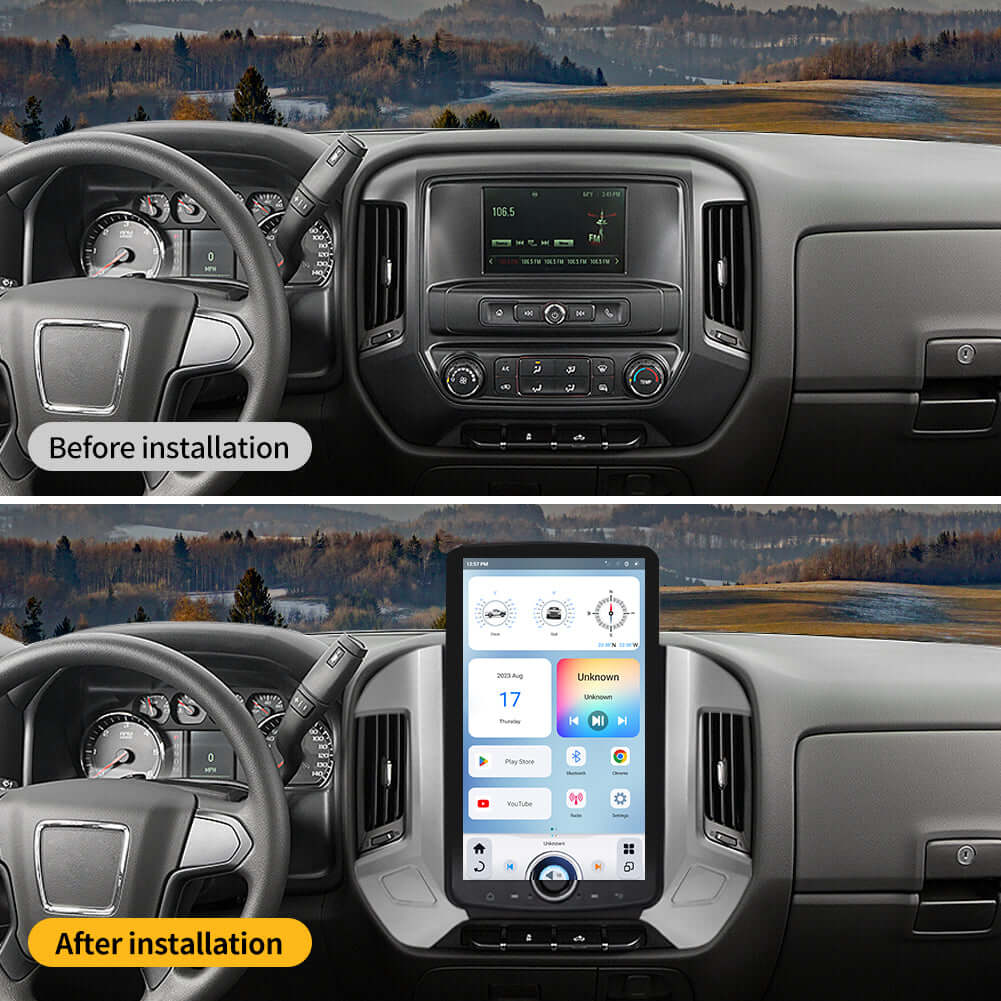
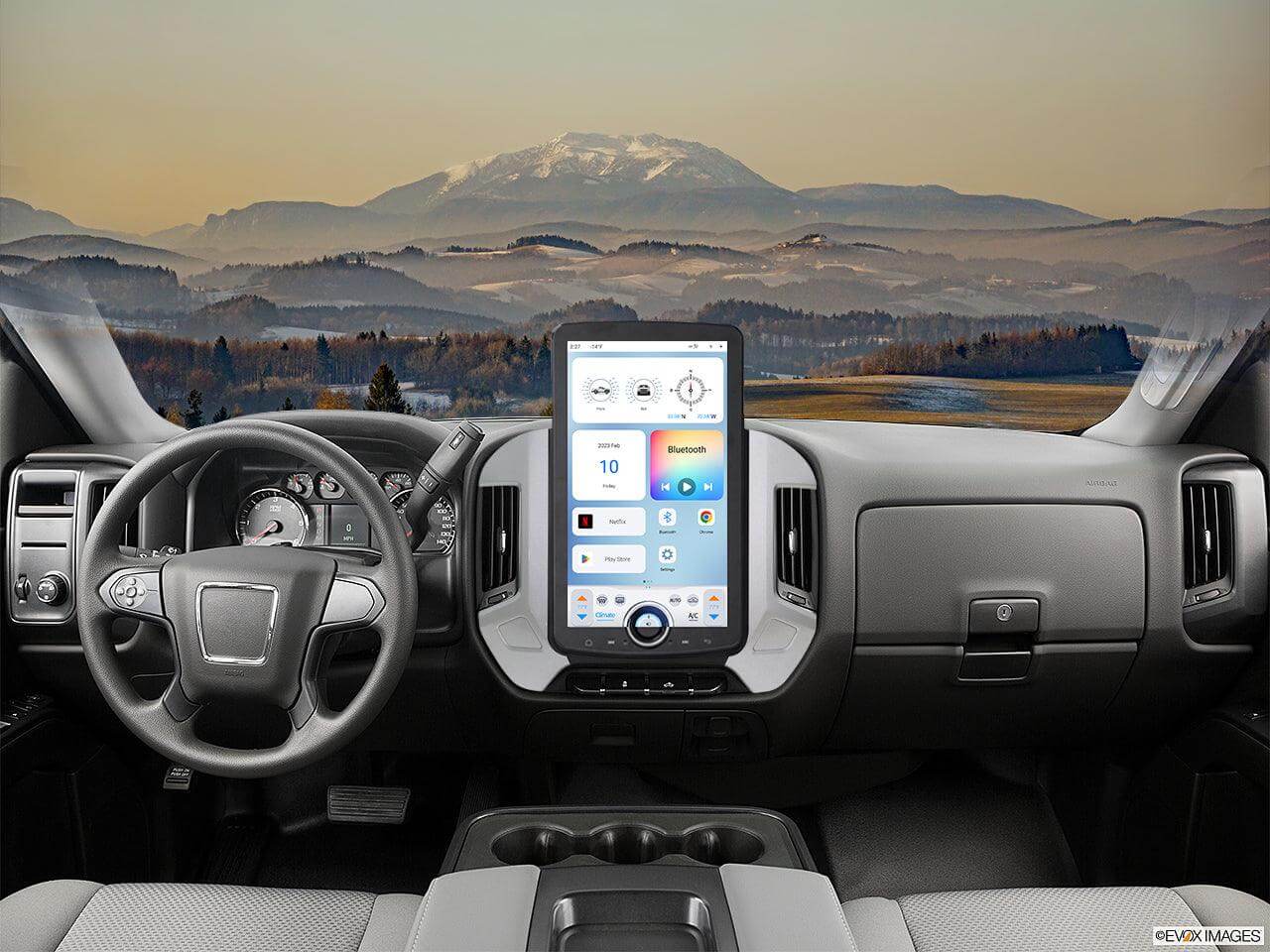


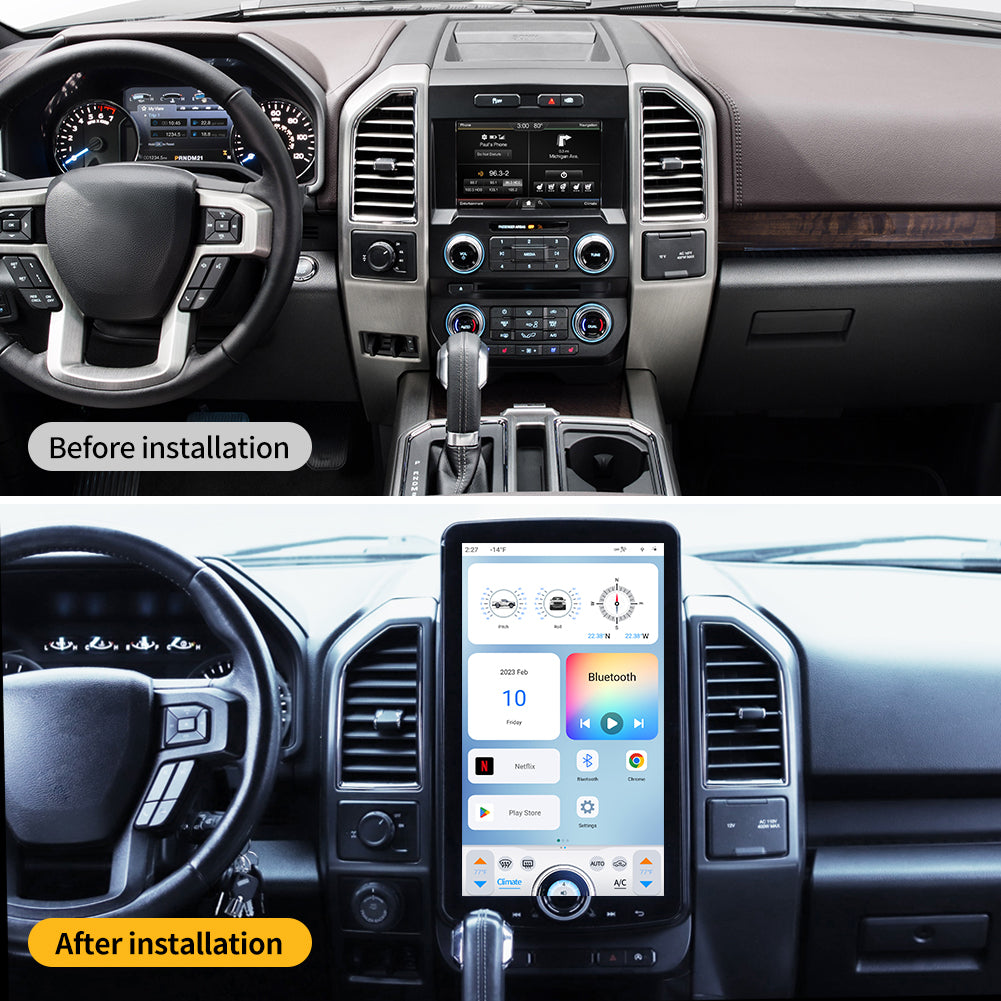
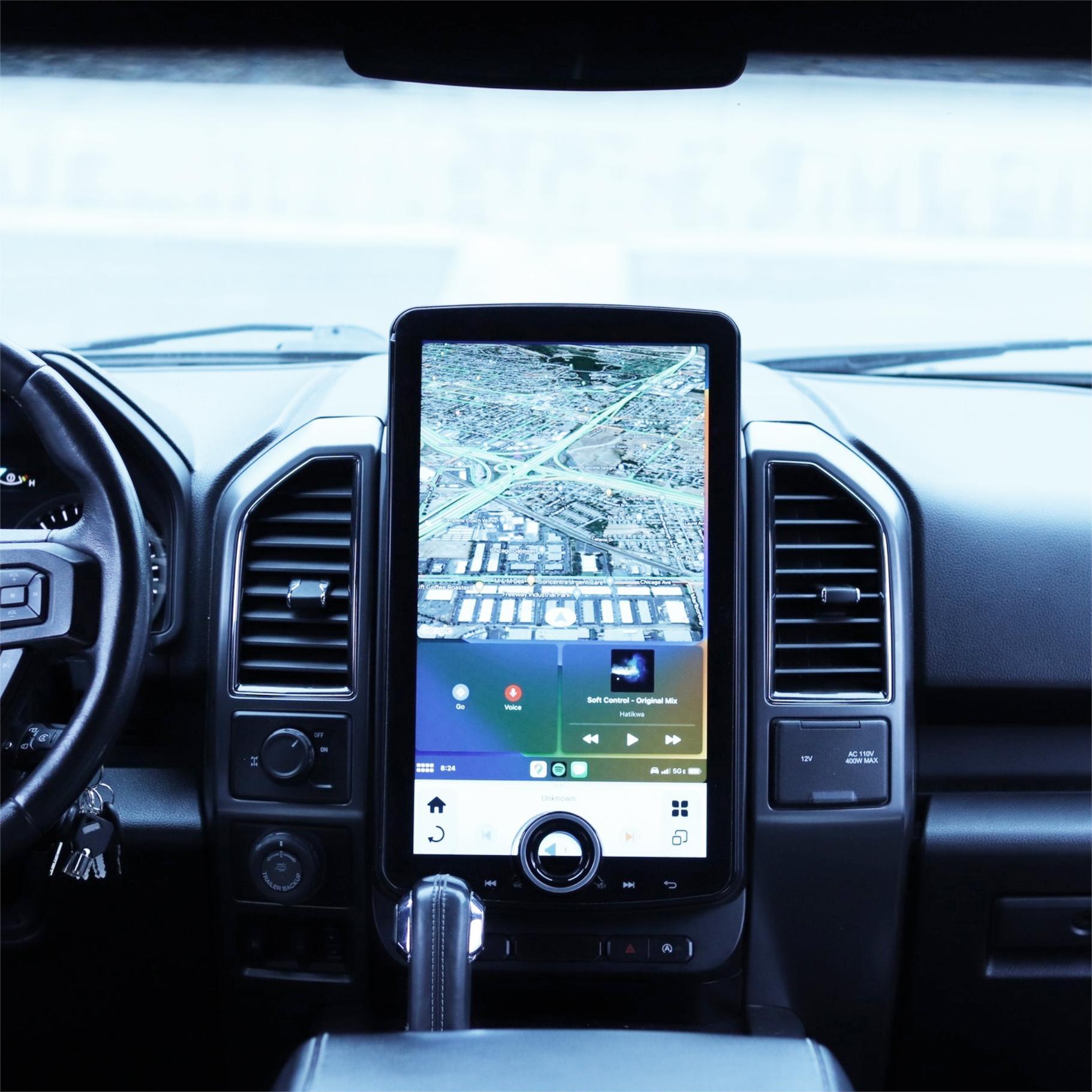
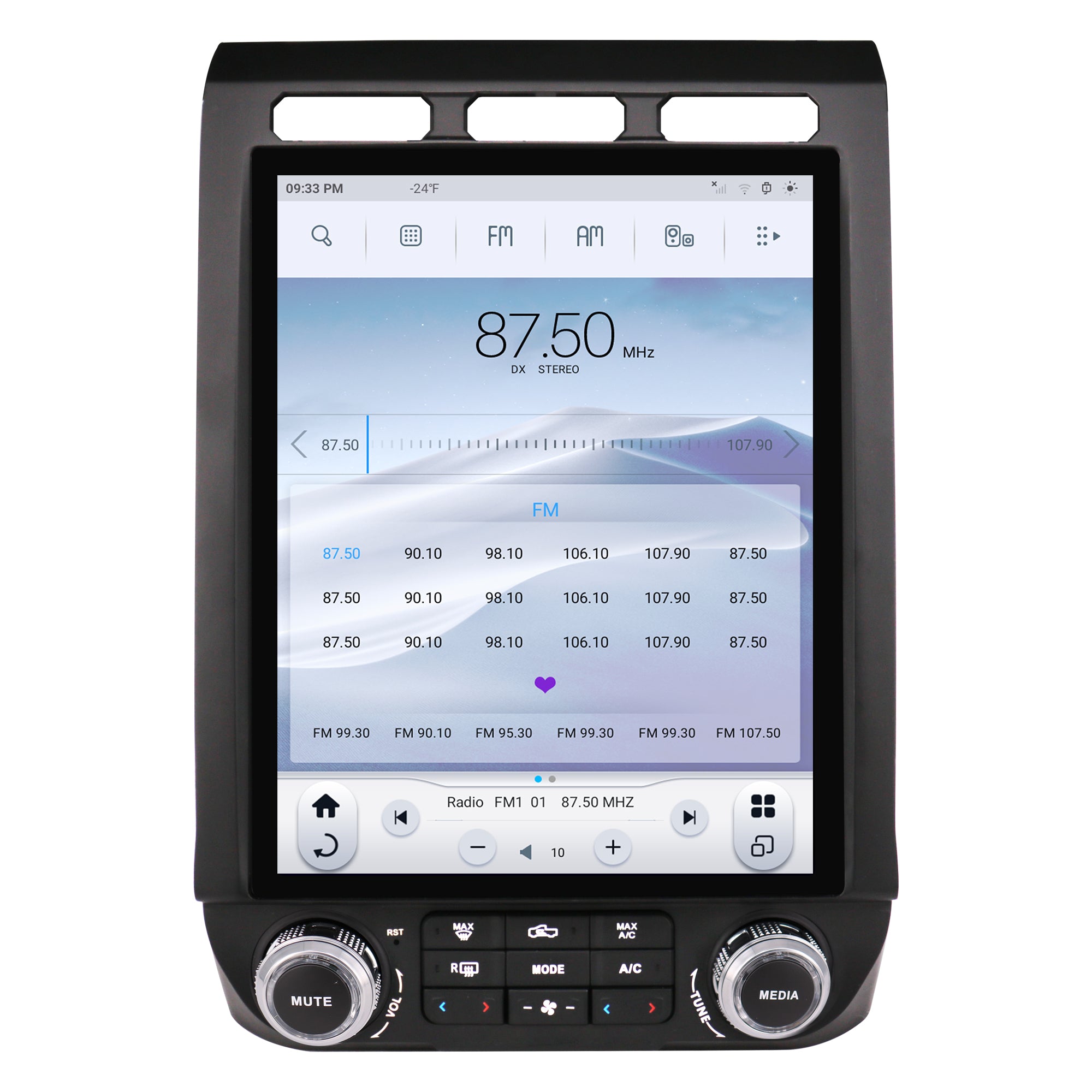
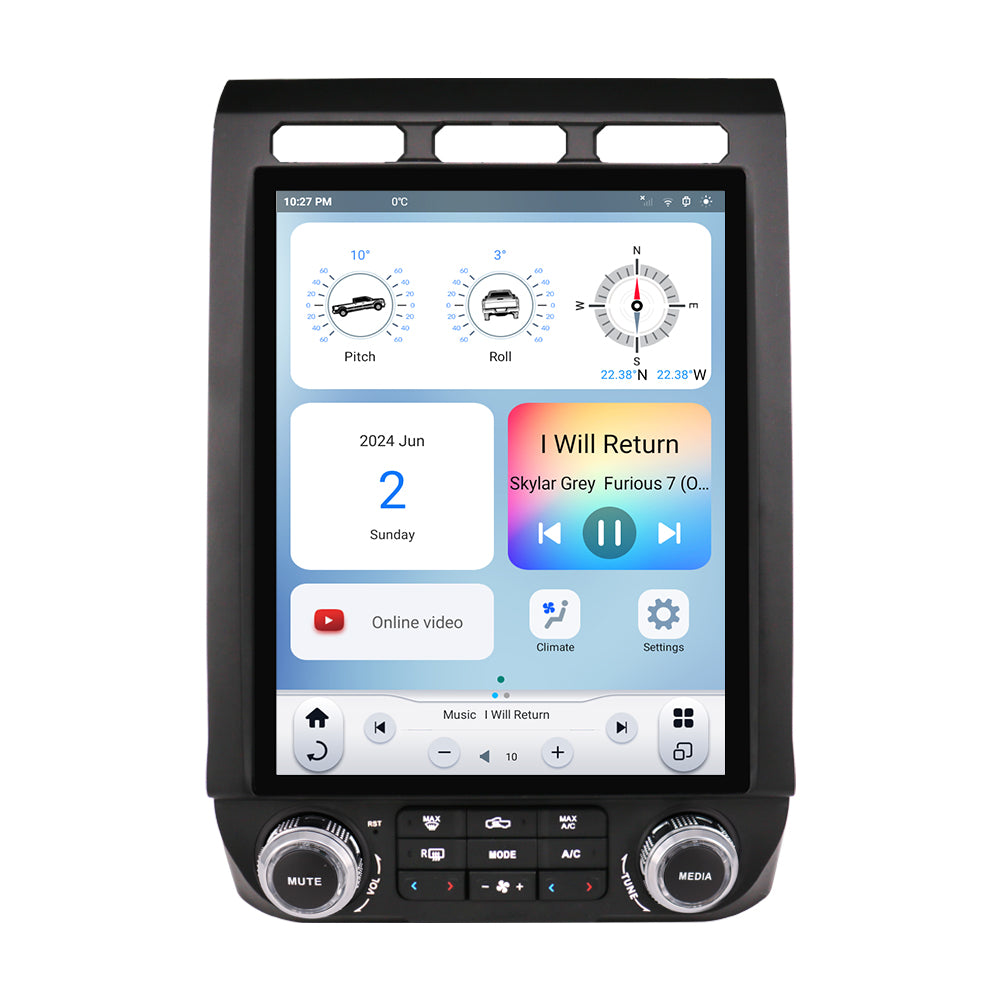
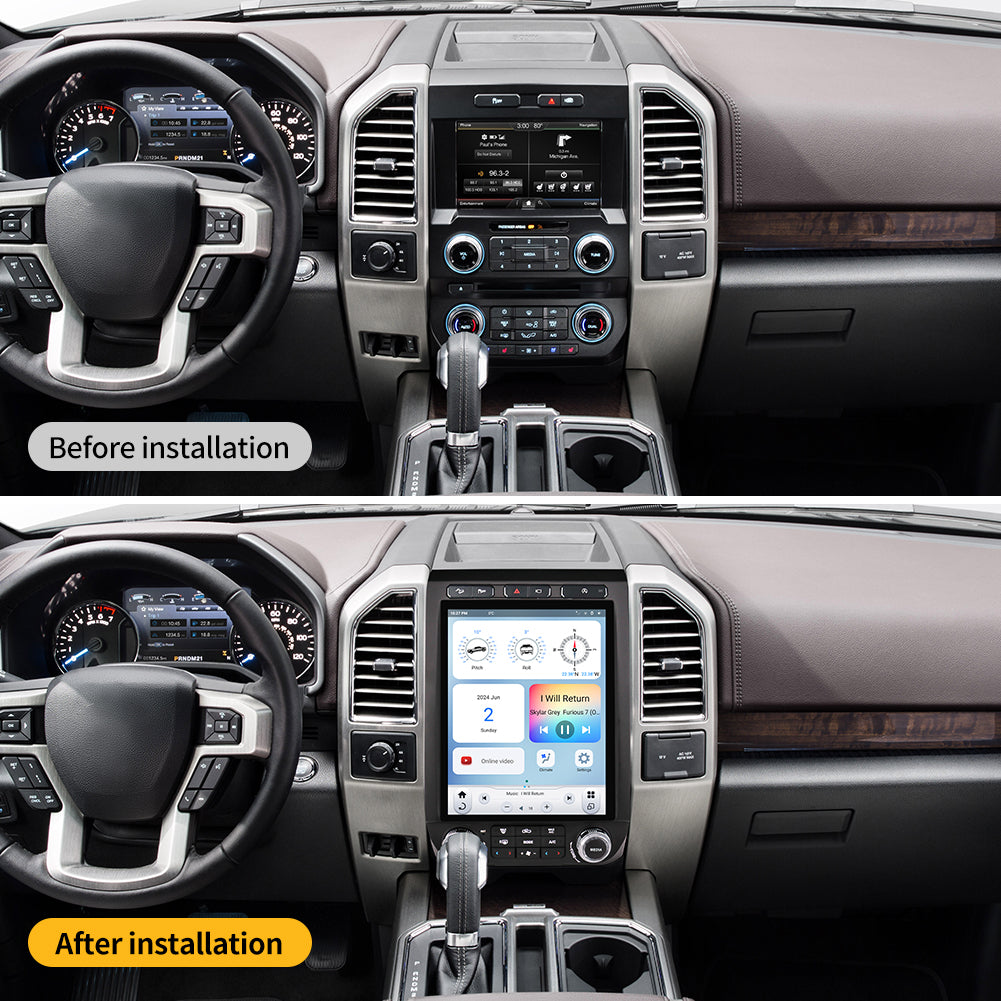
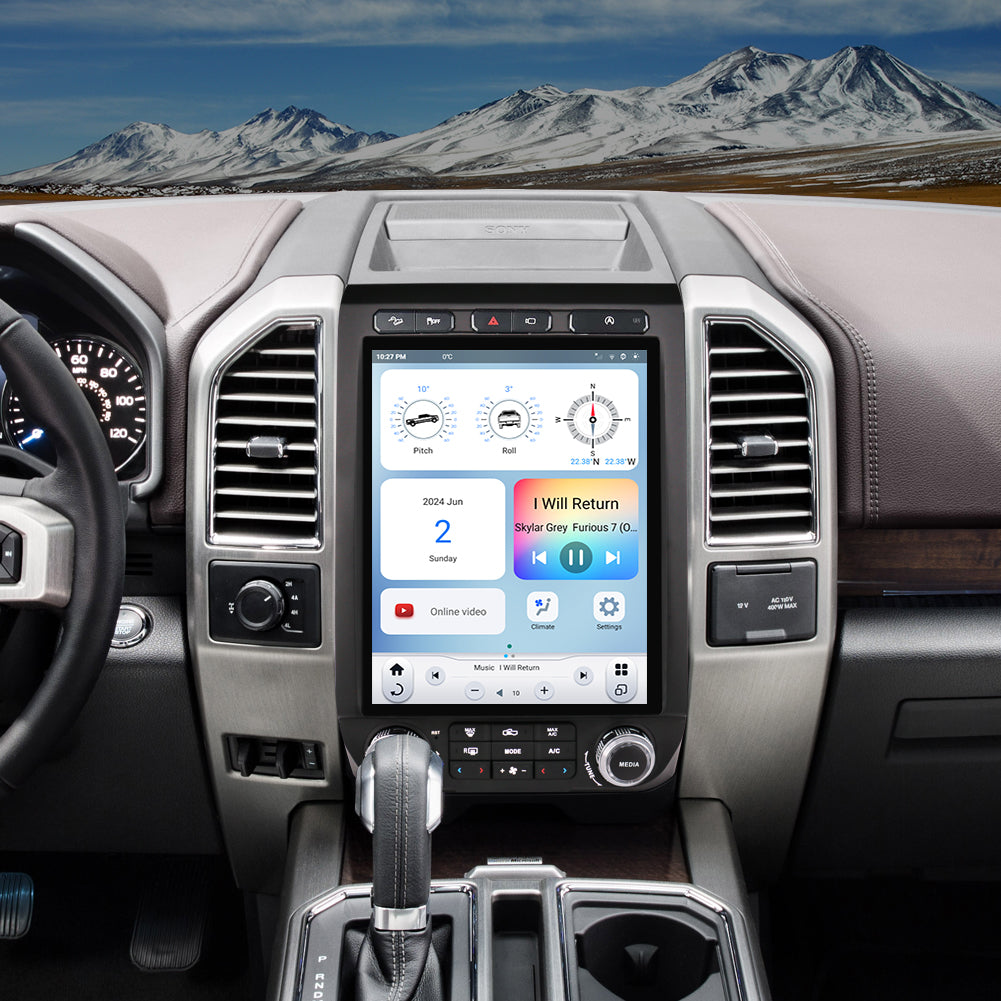
Share:
How to Bypass Parking Brake Wire on Car Stereo?
15 Tips for the Best Sound Quality in Your Car